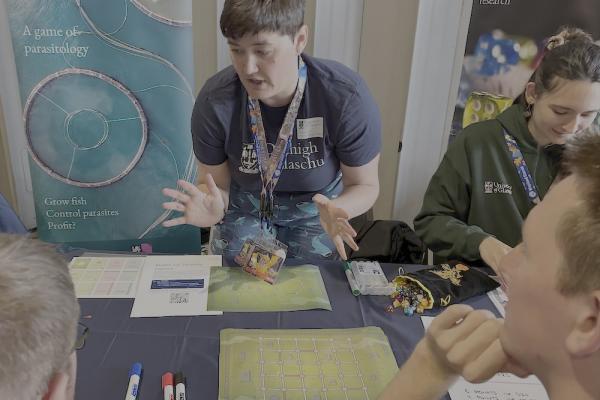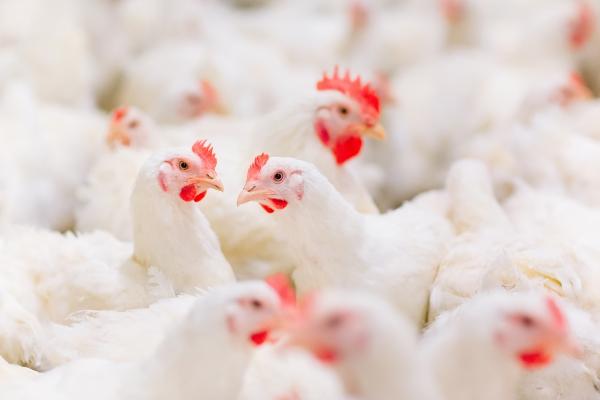
Building bridges between modelling and policy
We meet some of the researchers who are trying to translate between the two very different worlds of mathematical modelling and policy.

We meet some of the researchers who are trying to translate between the two very different worlds of mathematical modelling and policy.

Would you like to play a game? Have an adventure? Join us on an adventure in Model Land!

Find out about a pioneering new project which builds mathematical models together with the people who are affected.

Find out about a pioneering new project which builds mathematical models together with the people who are affected by them.

To avoid full school closures in the next pandemic, or even epidemic, epidemiologists need crucial information from schools, students, and parents.

There's a romantic vision of mathematicians only needing pen and paper for their work. Here's why this is far from the truth when it comes to mathematical modelling, used to solve problems in the real world.

We talk to the creators of a fantastic tool for exploring maths and science through interactive simulations.

When a new infectious disease enters a population everything depends on who catches it — superspreaders or people with few contacts who don't pass it on. We investigate the stochastic nature of the early stages of an outbreak.

Experts in public health, industry and disease modelling came together this summer to discuss how maths can prepare for the next pandemic.

Our behaviour impacts not just our daily lives. But how do you mathematically describe the messiness of human behaviour?

With bird flu spreading through cattle herds in the US and infecting humans, the diseases poses a severe threat to wild life, poultry and also people. What can mathematical modelling do to help?

We look at the recent rise in measles cases, why it has led to a national health incident being declared, and what can be done to avert the threat.